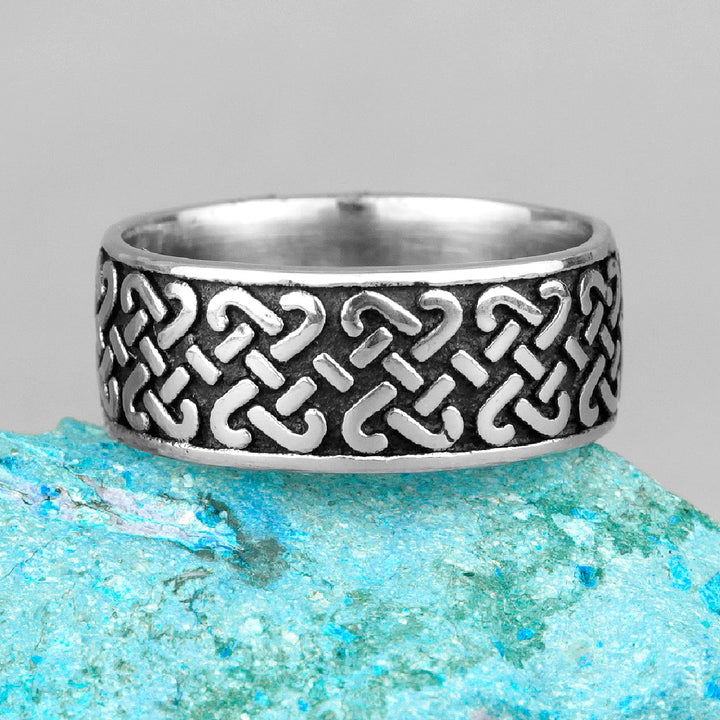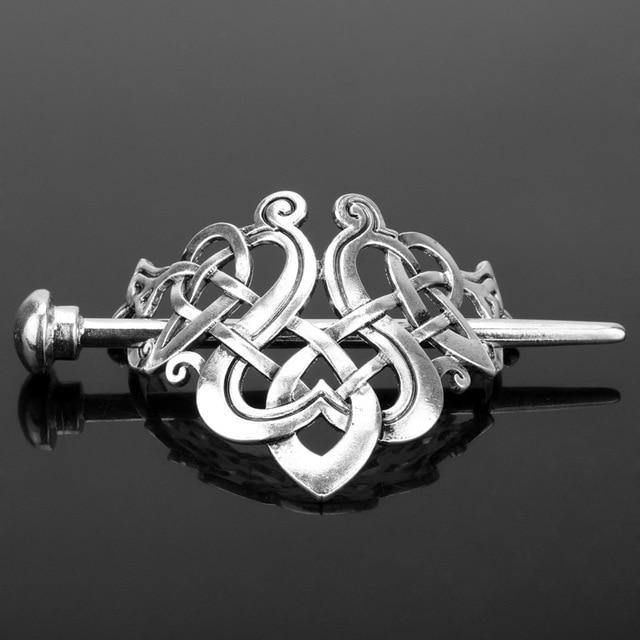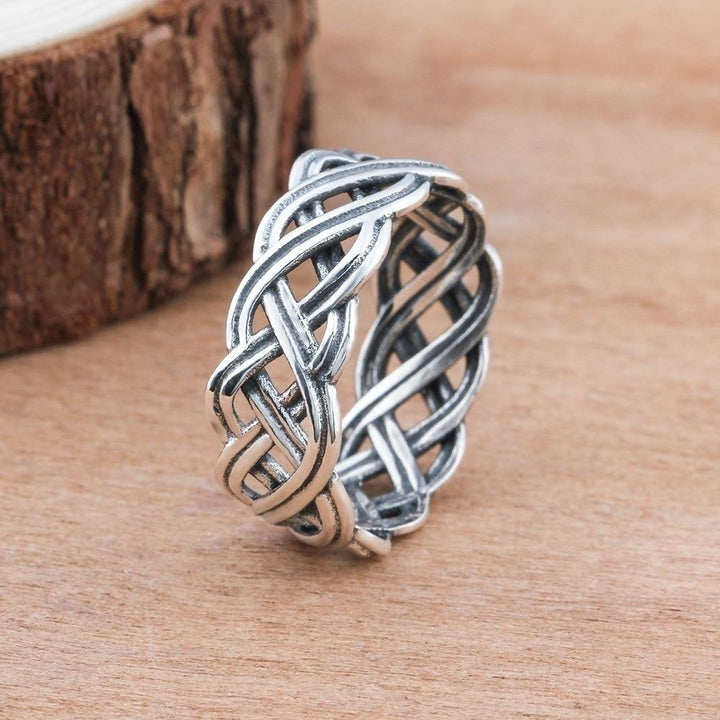As the leaves turn crimson and the air grows crisp, the world begins to prepare for one of the most beloved and spine-tingling celebrations of the year: Halloween. But do you know where this bewitching tradition truly began? To kick off our "Halloween Around the World" series, we travel back in time to uncover the roots of Halloween in the ancient Gaelic festival of Samhain.
Samhain, pronounced "sow-in," was a prominent Gaelic festival celebrated by the Celts in what is now Ireland, Scotland, and parts of Wales. This hauntingly beautiful tradition marked the end of the harvest season and the beginning of winter. It fell on the night of October 31st, and like modern-day Halloween, it was a time when the boundary between the living and the dead was believed to blur.
The Celts believed that on Samhain, the veil separating our world from the spirit realm grew thin, allowing spirits, both benevolent and malevolent, to roam freely. To honor and appease these spirits, the Celts held grand bonfires, feasts, and ceremonies. They also dressed in costumes made from animal hides and heads, a practice that foreshadowed our modern costume tradition.
One of the most fascinating aspects of Samhain was the practice of divination. It was believed that on this night, one could catch glimpses of the future or communicate with the deceased. People would often throw nuts into the bonfires, each nut representing a question or concern. The way they burned would reveal answers and insights.
When Christianity spread through the Celtic lands, Samhain transformed into All Hallows' Eve, the precursor to Halloween. The Church attempted to Christianize the pagan holiday by dedicating November 1st to honoring saints and martyrs, a day known as All Saints' Day. October 31st thus became All Hallows' Eve, eventually shortened to Halloween.
Over the centuries, Halloween continued to evolve, absorbing customs and traditions from various cultures. It sailed across the Atlantic to the United States, where it morphed into the vibrant, trick-or-treating extravaganza we know today.
As we embark on our Halloween journey around the world, it's important to remember that this beloved holiday has deep roots in the ancient Gaelic festival of Samhain. So, this October 31st, when you carve your pumpkin, don your spooky costume, and greet the spirits of Halloween, know that you're partaking in a tradition that has spanned millennia and continues to enchant and bewitch people worldwide. Stay tuned for more eerie adventures in our "Halloween Around the World" series!
Classic Celtic Knots Ring

$24.99
$32.99
Celtic knots are a variation of stylized knots that were used extensively in the Celtic style of Hiberno-Saxon art, as well as decorative ornaments in Celtic civilization. All varieties of knots bear different meanings from protection to eternal love, playing a huge… SEE MORE
Celtic Knots Hair Stick Barrettes

$29.99
$32.99
Celtic knots are a variation of stylized knots that were used extensively in the Celtic style of Hiberno-Saxon art, as well as decorative ornaments in Celtic civilization. All the variety of iconic knots bear different meanings from protection to eternal love, playing a… SEE MORE
Celtic Knotwork Ring

$19.99
$23.99
Celtic knots are a variation of stylized knots that were used extensively in the Celtic style of Hiberno-Saxon art, as well as decorative ornaments in Celtic civilization. All varieties of knots bear different meanings from protection to eternal love, playing a huge… SEE MORE

